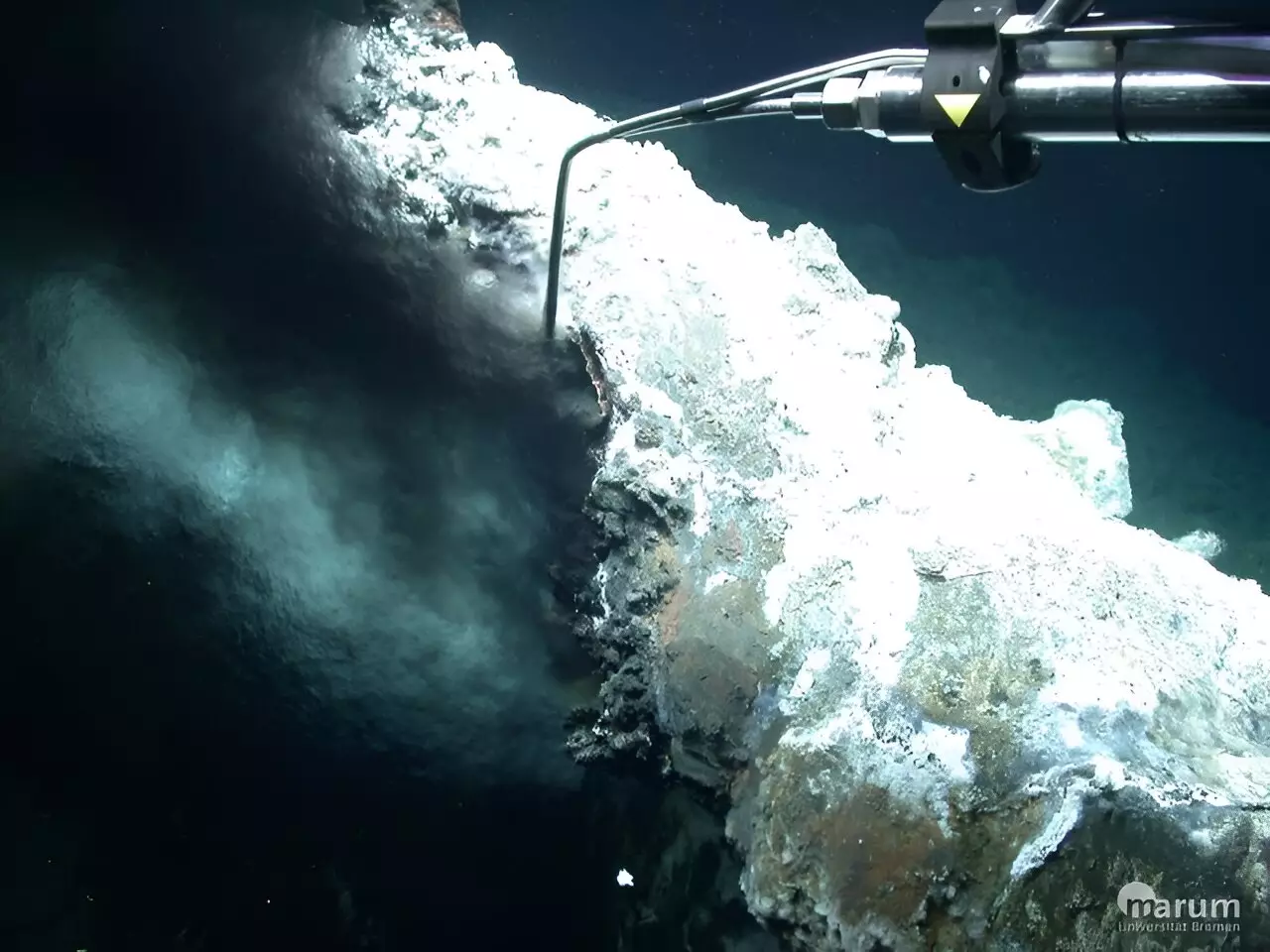The exploration of hydrothermal vents in the deep sea has always been an area of great interest for marine scientists around the world. These vents, found at the junctions of drifting tectonic plates, have provided valuable insights into the geological processes and biodiversity of the deep ocean. However, there are still many hydrothermal fields waiting to be discovered.
In 2022, a team of researchers led by Prof. Dr. Gerhard Bohrmann of MARUM—Center for Marine Environmental Sciences and the University of Bremen discovered the first field of hydrothermal vents on the Knipovich Ridge off the coast of Svalbard. The discovery, named the Jøtul Field after a giant in Nordic mythology, is located on a 500-kilometer-long ridge within the triangle formed by Greenland, Norway, and Svalbard. This ridge lies on the boundary of the North American and European tectonic plates, making it a unique and important site for scientific exploration.
Hydrothermal vents are seeps on the seafloor where hot liquids escape from beneath the earth’s crust. These fluids, enriched in minerals and materials dissolved from the oceanic crustal rocks, often seep out through tube-like chimneys known as black smokers. The discovery of the Jøtul Field is of great scientific interest, not only due to its location but also because of its climate significance. The high concentrations of methane detected in the fluid samples from the Jøtul Field indicate a vigorous interaction of magma with sediments, which can have implications for ocean acidification and climate change.
One of the most intriguing aspects of hydrothermal vent ecosystems is the presence of chemosynthetic organisms that thrive in the absence of sunlight. These organisms rely on the chemicals in the hydrothermal fluids for their energy, forming complex symbiotic relationships with bacteria. The organisms found in the Jøtul Field are still largely unknown, but further research is expected to shed light on the biodiversity and ecological dynamics of this newly discovered ecosystem.
To build on the initial findings from the Jøtul Field, a new expedition led by Gerhard Bohrmann is planned for late summer of this year. The focus of the expedition will be on exploring and sampling previously uncharted areas of the hydrothermal field. By gathering extensive data from the Jøtul Field, scientists hope to make comparisons with other known hydrothermal fields in the Arctic region, such as the Aurora Field and Loki’s Castle. The Jøtul Field is poised to become an important research site for future studies in the field of marine geology and biology.
The discovery of the Jøtul Field represents a significant milestone in the exploration of hydrothermal vents in the Arctic Ocean. This newly discovered ecosystem has the potential to expand our understanding of deep-sea environments and their role in global biogeochemical cycles. As researchers continue to delve into the mysteries of the Jøtul Field, we can expect to uncover new insights into the complex interactions between geology, biology, and climate in the deep ocean.



Leave a Reply